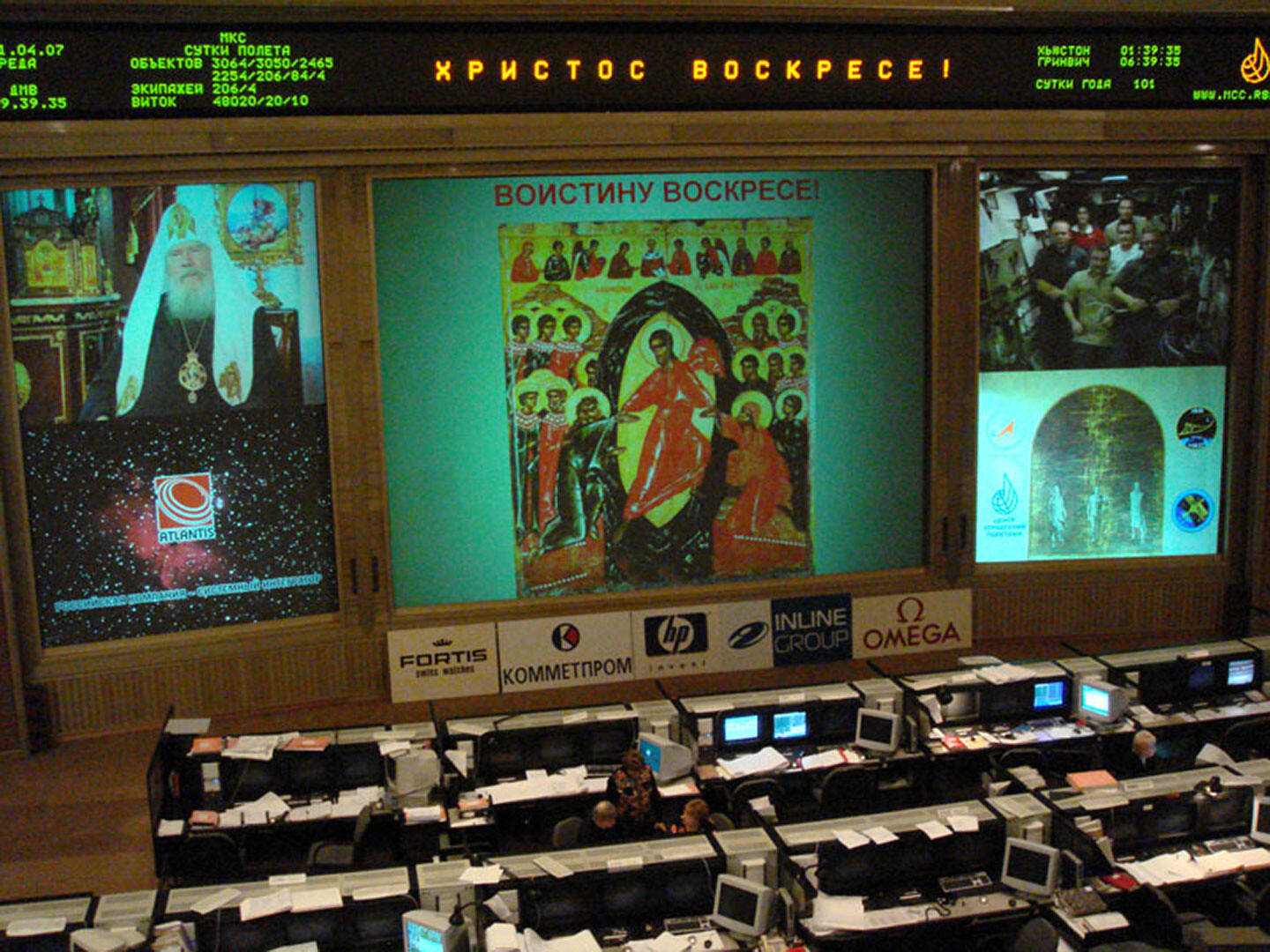It was the second month since I had been resurrected under the Cradle of Humankind program, and the second week of our orbital revolution around the Earth on a rocket. I was very pleased with myself, as my intuitive guesses had turned out to be extremely close to the truth. I was now flying back and forth around the rocket and almost crying tears of joy, like a child. The puzzled workers tried to ask me how I was feeling, but I just gave them masculine hugs and laughed crazily. I spent hours by the portholes, feasting my eyes on the cosmic world through the thick glass of the illuminator, which was armored with a special metal screen. The sky behind the portholes was the same pitch black, blacker than the blackest soot. I could see all the old constellations—so many stars! But why do they look so dead? There’s no life in them; they don’t seem to twinkle. They’re just dots of light … How clear they are! They seem so near, and the firmament seems so small! And how strange our Earth looks! It takes up nearly half the sky (120 degrees), and looks not convex but concave, like a bowl with people living on the inside. The brim of this bowl is very uneven, dotted here and there with mountainous peaks that stand out like huge teeth. Around the edges there is a haziness, and farther still a series of oblong gray patches. These are clouds, darkened by a thick layer of atmosphere. The patches stretch around the Earth’s circumference. The farther they are from the edges, the lighter and broader they seem, and towards the center they become irregular in shape, but not stretched out. The Earth, Sun, and stars seem very close, practically within reach! They all seem to be attached to the inside of a very small sphere. The Sun seems closer—small and bluish, but how hot it is! The stars, too, are mostly bluish, but some are other colors as well.
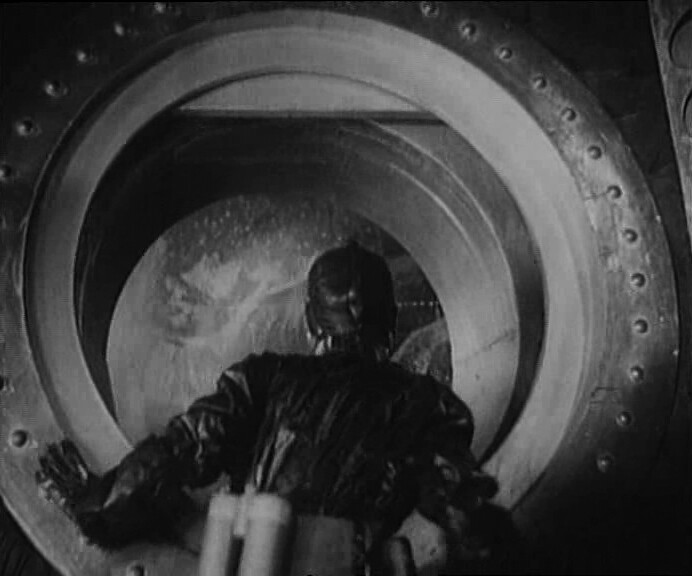

The rocket seems motionless from the inside, but this is an illusion. According to the plan carried out by automatic pilot, the rocket must now be in perpetual orbit around the Earth. Its orientation is stable: thousands of kilometers from the Earth’s surface, traveling with a constant speed of about seven and a half kilometers per second. It should circle the globe approximately once every hour and forty minutes. Like the Moon, we are now an Earth satellite, and like the Moon we can never fall back because the gravitational attraction is balanced by its centrifugal force. I feel so comfortable with this stability in motion. Yet I am also worried. Have we actually succeeded? Though Newton and Laplas can surely be trusted, I still can’t believe this.
***
We face every minute of our everyday lives with planning. And this planning governs not only our bodies and the free will of our psychological expression: it also regulates our communication in different fields, such as in public spaces or the internet, and in political and economic spheres including our families and intimate relationships. It is obvious that the borders of capitalistic negative freedom are hidden and camouflaged in order to create a great illusion of unlimited democratic participation and creative expression. Contemporary art is one of the most important mirrors and indicators of this great illusion. There is nothing special or new in this thesis. Plenty of writing and thought has been devoted to disclosing the hidden agenda of contemporary art as part of a post-political, post-ideological world.
However, the issue of planning has not been discussed beyond the possible utility of art pieces for activists’ creative work, or as a specific effect of art consumption in the case of relational aesthetics. Going beyond these, we see the issue of planning more as a political and philosophical demand for a limiting of history, progress, or human development in general. Thus, if we act along rational coordinates, for example by organizing everyday life or even fighting for political freedom, we again tend to do spontaneous things here and now, regardless of the future or the past. Unfortunately, we can only reach predictable and unsatisfactory results—or we can do nothing at all, which seems a smarter and more intellectual (or exclusive) form of behavior. Of course, this effort is usually not enough to address the complexity of contemporary economic and political conditions. As a result, people should surrender to the overwhelming force of life’s contingencies organized by the detached rationality of an evil that drives its dream to an apocalyptic finale. The great art of depicting this tragedy is our humiliating resignation. Since we learned about the possibility of the molecular decomposition of our bodies in atomic fire, and of our subjectivities due to market will, nothing better has expressed such knowledge than action painting or dripping. The chaotic ornament of gravity pulls us back to the flat ground, to the brutal truth of our origin, and to the inevitable finale. That’s why we, as part of the dead generations, will continue reproducing this traumatic symbol of nihilistic expression again and again under the conditions of contemporary art, and in the face of unknown futures.
However, there was another answer to the very same question, and it was Black Square by Malevich, which had been created almost half a century before Pollock invented dripping. Yes, we have here again the impression of image decomposition: the dark, unknown end, the pure materiality of an object. Yet there is a great difference. On the one hand, we have the spontaneous, negative freedom of the postwar American avant-garde. The idea is simple: to give as much credit as possible to the power of gravity, and therefore to attempt to produce an ideal image of human weakness faced with the contingency of nature. On the other hand, we have total control of creative negation in the proletarian avant-garde. Malevich spent several years working on the simple gesture of depicting only a black square. The artist understood his invention not as a chaotic or destructive act, but on the contrary, as a search for a new superorder hidden behind the contingencies of everyday life. Malevich once wrote to his colleague Matushin:
The keys of Suprematism are leading me to what is yet unrealized. The new painting does not belong to the Earth exclusively. The Earth is abandoned as a house eroded by wood fretting. Indeed, the human and his consciousness are aspiring for space, for the separation from the globe.
The artist hated nature and the forms derived from its laws. “Reproducing the beloved objects and corners of nature is like a thief getting excited by his shackled feet,” he suggested in his The Manifesto of Suprematism. Thus, Malevich established a particular vision of space, more or less the same as when cosmonauts first saw Earth from above. That’s why suprematic paintings don’t have the traditional bottom-top orientations that depend on gravity. Malevich’s Black Square is not chaos or empty space, but a new, superordered space. The artist shared this interpretation of cosmos as an order with Russian cosmists, and Nikolai Fedorov influenced avant-garde artists deeply.1
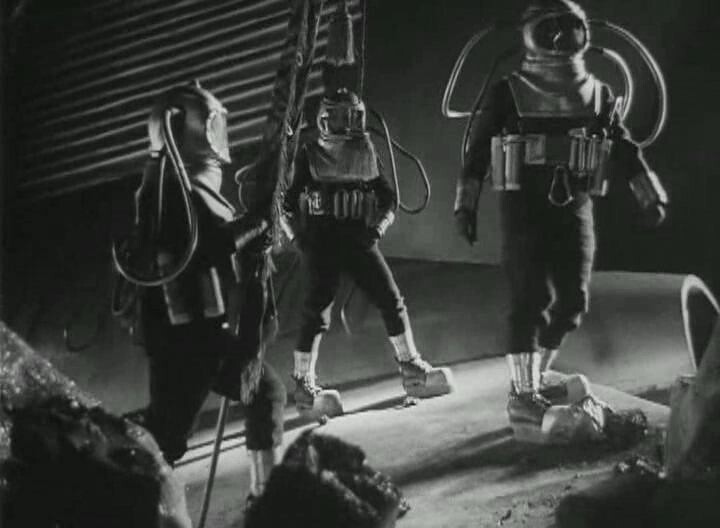

According to Fedorov’s interpretation of art, it all started with the first human creative gesture of bipedalism, which marked the vector of further development against gravity and the chaotic attraction of Earth. Then the once-mimetic version (even if we talk about the mimesis of capitalistic markets or about the fear of nuclear war and bodily decomposition) should make way for the art of real-life creation, which would end up as artistic transformation in the context of a life-giving museum of the whole universe, where the resurrected generations of humans would be settled. The philosopher did not pay much attention to the transformation of one type of art into another. But we do have an example of an attempt in this direction: the postrevolutionary Soviet Productivism and Constructivism theorized by Boris Arvatov. Productivism was based on the Marxist interpretation of art as a place for the imaginary solution to interclass contradictions. After the victory of the proletarian revolution and the gradual vanishing of classes along with the state as a whole—and therefore any preconditions for social conflicts—art would become part of everyday life and production. This would allow for a transition from the mimetic art of traditional media to the real-life creation of the future. We usually hold this as the ultimate limit for modernist and contemporary art projects. Moreover, according to Boris Arvatov, even traditional media will fit into the society of the future, because even Communists will have bodies and affects (death and sexual encounters). And that’s where Fedorov’s theory begins.
However, intellectual speculation on the father of Russian cosmism looks too radical; perhaps we can reconstruct his vision for the future of art and humankind from the contemporary art perspective. Perhaps uncovering the cosmos as a space for restoring—or even inventing—order and the main goal of humankind’s efforts will give us another way to avoid the dark end of everyday contingencies.
***
Newton and Galileo liked sitting with the workers and spending hours telling them about how the Earth and the cosmos were organized. At first, it seemed pretty funny to me. I also tried taking part in this enlightening entertainment. However, over time it began to seem like we were watching the same bad theatrical performance each time. I didn’t want to leave my compartment anymore. Nevertheless, each day we gathered in the big cylindrical cabin in the middle of the ship. It was about four meters in diameter, like the other compartments, but five times longer—twenty meters. It was large enough for twenty people. The doors leading to the other compartments were open, and our companions flew in one after another: one sailing sideways, another upside down, though each thought it was he who was right-side up, and the others were not, that he was motionless while the others were flying about.
Newton would always begin in the same way: “The planet inhabited by humankind represents a sphere with a circumference of forty thousand kilometers. A person walking forty kilometers a day would need a thousand days, or about three years, to circle it.” Then, one of the workers would inevitably get up and exclaim: “But what supports this enormous sphere?” “The sphere,” Galileo continued,
rests on nothing and is supported by nothing. It hurtles through the ether like a balloon driven by the wind. The globe is a double magnet. The first magnetism directs the magnetic needle of the compass; the second magnetism is called gravity. It is the latter that holds on to every object on the Earth’s surface: the oceans, the atmosphere, people. If it were not for gravity, the air, thanks to its ability to expand, would long since have escaped from the Earth. Similarly, a single leap would carry a person away forever and make him a free body in the ether.
Each day, the same words, again and again. Sometimes I felt I was a mouse in someone’s laboratory, and my colleagues were wooden dolls whose mouths opened and produced sounds driven by gear mechanisms inside their bodies.
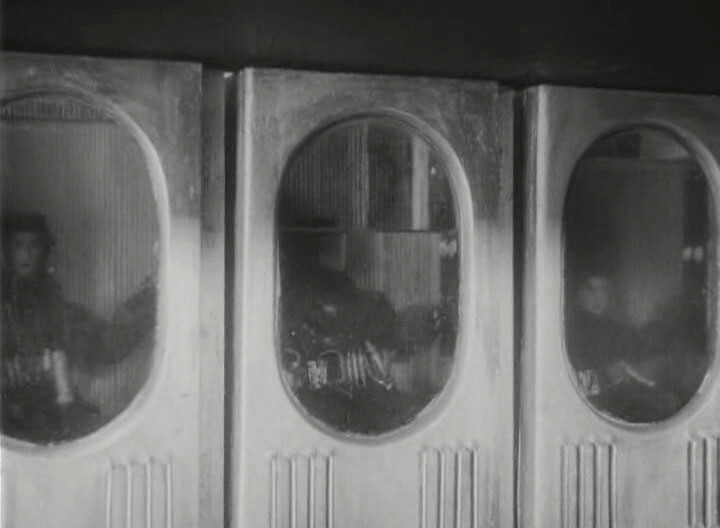

I haven’t had a chance to take a bath yet. Meanwhile, our bath consists of a sealed cylindrical tank three meters in diameter with one entrance, which rotates around its axis. The tank is half-filled with water. To take a bath, you set the tank rotating. The water flows to the walls and makes a cylindrical surface of uniform depth. Thanks to the centrifugal force, bathers can stand chest-high in the water, their heads pointing towards each other like the spokes of a wheel. An excellent place to bathe, with several windows and various devices.
One day, we pushed off and flew to the bathhouse compartment. We found a large drum about four meters long and three across occupying almost the whole of the compartment. In the absence of gravity the drum revolved by inertia and only a slight impetus was needed to keep it turning. On one side of it, at the drum axis, was a hatch about a meter in diameter, which we opened. Removing our colorful loin belts and flowing robes—a very light and unburdensome costume—we plunged one after another into the bath. Revolving along with the drum, the water spread over its circumference. Pushing and jostling, we flew into the water. We began revolving together with it and regained our weight. With satisfaction we soaked ourselves in the cool liquid! How easy it was to swim there! I saw Newton above my head ducking and splashing with the same delight as me, with Franklin parallel to him. Some bodies were perpendicular to one another—to see Newton, I had to lean back as if inspecting a church dome. The men stood with their heads close and their feet pointing away. This was the only peculiarity of the bath. In other respects, it was just like any on Earth. We ducked, dived, caught one another by the feet, splashed about, swam this way and that, splashed the water, squealed and laughed, and, most importantly, felt splendidly refreshed. The artificial gravity wasn’t strong. What need did we have for more? It was much easier to swim here than on Earth.
***
The first initiative of the future museum could be the achievement of a previously existing goal: to design an all-encompassing collection of every artwork ever created by humans. Museums have always discussed this issue. However, especially heated disputes occurred in the twentieth century when people learned to reproduce pieces of art by means of technology. We can remember the project by André Malraux, with his imaginary museum that could emerge out of the ruins of authenticity to demonstrate a global style to the whole world. From the perspective of contemporary media, a museum like that has already been created in part on the internet, at least in the form of a non-systematized archive. It should be noted that implementing the process of collecting every artwork is still an unconscious and often non-collaborative process, despite the universal nature of communications networks. Not all historic pieces of art have been digitized and made available to the public, not by a long shot.
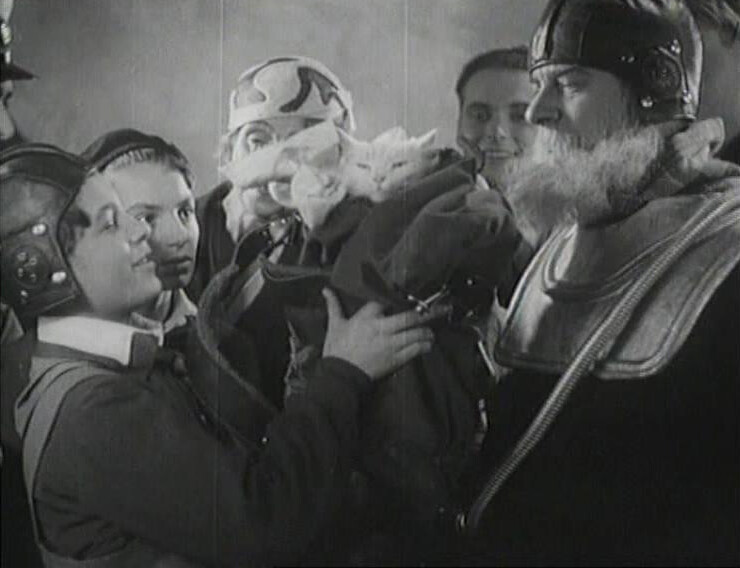

However, archives alone are not enough. Even Fedorov would speak out against using archives solely as storage spaces. Exhibitions and research projects should, rather, reanimate what is shelved in archives, thus paving the way for true resurrection. Reanimating an artwork from the past with an absolute value unaffected by historical transformation would mean including the artwork in our present-day context, providing an opportunity for its exhibition, and bringing the hopes of this art to real life. Moreover, if we assume that art has its invariant roots in the (un)conscious craving for justice and eternal life but is split by circumstances into mimetic (Ptolemaic) art and performance (Copernican) art, we can say that society—much like the art of the future—should be deeply indebted to the past, which served as the backbone for its achievements. Therefore, any type of art either attempts to solve real-life social conflicts in artificial ways or stems from psychological traumas and compulsive affects, the most powerful of which are love and the fear of death. Providing conditions for Copernican art (where all social contradictions have been resolved, death has been defeated, and a new understanding of love has become possible) that facilitates real-life transformations will in fact represent an actualization of the hopes cherished by the art of the past—its resurrection in a sense. Consequently, the collection of those hopes and their artistic reactualization in the art of resurrection is the ethical obligation of the artist of the future. The activities of the contemporary museum have already been serving these purposes to some extent. As the internet assumes the role of an archive, a Mnemosyne Atlas, the museum takes on the function of artistic conceptualization.
Not only visual arts, but all artistic human activities should undergo a procedure of all-out museumification with subsequent artistic reactualization. Despite the ambitiousness of such a goal, some moves have already been made in this direction, such as in the printing of books. Without question, this archive should be publicly available in the future. Blogs and social networks can also be regarded as special types of storage for literature and other oeuvres, and video archives have long become a conventional source of information. As printing and 3-D translation technologies develop, we will also be able to see 3-D arts, and arts related to time and the human body.
***
One day, we had a delegation from another planet. Their spaceship was many times larger than ours and seemed to move as if against the laws of physics. The delegation consisted mostly of strange-looking kids. Their clothes were so old-fashioned and unusual, I thought for a moment that I was in a fantastic time-machine novel. The group was led by an alien whose appearance differed strikingly from the others. He had an ever-changing form, sparkling and iridescent. I had never heard the name of their planet before. Truth be told, I was so scared by their unexpected visit that I couldn’t find it in my heart to ask more questions. The nice part of the visit was that they had badges with my portrait on their chests. I have no idea how, but they all knew my last name; they used it all the time and even pointed at me. The leader was speaking an unknown language, calling my name from time to time and pointing at me, too. At the end of the dialogue, they asked to say some words about Earth:
There was a single authority for the whole world: a congress of elected representatives of all nations. It had been inaugurated more than seventy years ago, and it dealt with all of humankind’s problems. Wars were impossible. Misunderstandings among nations were settled by peaceful means. Armies were drastically limited, or rather, they were labor armies. Thanks to the fairly favorable conditions of the preceding one hundred years, the population had tripled. Commerce, engineering, the arts, and agriculture had progressed considerably. Huge metal dirigibles capable of lifting thousands of tons made travel and the traffic of goods both convenient and inexpensive. Especially effective were the largest airships, which by using air currents were employed to transport almost free of charge such inexpensive commodities as wood, coal, and metals. Airplanes were used for the rapid transport of small numbers of passengers or valuable commodities; most widespread were single- and two-seater airplanes. Humankind was peacefully advancing along the road of progress, but the rapid growth of the population was a matter of concern for all thinking people and rulers. Ideas about the technical feasibility of conquering and exploiting the deserts of the universe had been voiced more than a hundred years before. In 1903, a Russian scholar wrote on this subject and proved mathematically, on the basis of scientific data available at the time, the feasibility of colonizing the solar system.
The children started applauding and yelling with a heavy accent, “Tsi-ol-kov-sky! Tsi-ol-kov-sky!” After that, we took a commemorative photo.
***
Following all art, humankind should focus on technology. The first museums of technology and daily life were founded at the end of the nineteenth century. However, as museums of art, they only provide a fragmentary picture of the past, especially with the number of technical innovations increasingly integrated into everyday life, their ubiquity, and the ever-increasing rate of modernization. With the development of production capacity and 3-D printing techniques, it will become vital to reconstruct the ancient mechanisms that have not survived to the present day. The same is true for all 3-D objects created by human beings. The near- and far-space colonization project should inevitably include ancient city reconstruction plans, including detailed description of everyday life and specifics of the economy.
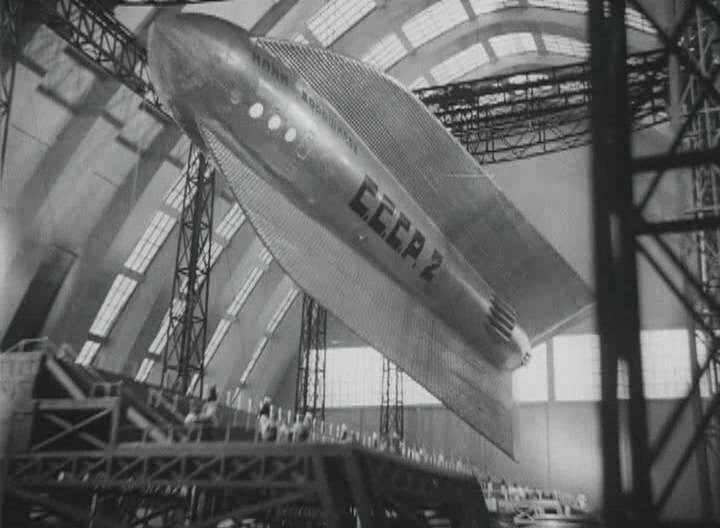

We are now coming to the core of Nikolai Fedorov’s project and to the quintessence of the avant-garde museum, i.e., to the resurrection of dead generations. By then, most likely, a friendly, collective artificial intelligence will have been created by all living humans. This will become possible due to the development of production and of the general intellect. The development of a collective artificial intelligence will mean that enough collective effort exists to implement all-universe projects. The procedure of resurrection will most likely be performed in the name of a collective artist-curator.
From then on, Earth, which will have hardly been used for creative practices at this point, should be transformed into a total museum. The resurrection of generations from the past will begin with living people whose material will be used to bring their parents back to life, from the latest to the earliest generation, just as Fedorov originally proposed. However, this solution won’t be enough, as not all who lived on Earth had direct descendants. This is to say that all biological matter and layers of soil on Earth should have to undergo the most meticulous molecular analysis to detect the genes of dead people. A special museological discipline, genetic archeology, should be developed to provide research in this area. In cases when it appears impossible to find and resurrect a person directly, artificial genetic modulation should be applied based on surviving historical data.
One such possible case might be a new physical life for Jesus Christ. Fedorov did not mention this possibility, but the philosopher’s call for the physical resurrection of each person who has ever lived on Earth implies the second advent of Jesus—even though he was only half human. This opens a new vision for active Christianity. Not only should humankind play an active role in producing the conditions for the resurrection and eternal survival of all generations, but it should also recreate God through human effort. The miracle of the Second Advent will mark the phase when the human and the Godly will become one again—not in an individual body but in the body of all people who have ever lived on Earth. And this unity will last forever.
An all-encompassing collection of contemporary art, i.e., the art of a simultaneous coexistence of all the generations that have ever lived on Earth, will form the constant exposition of the cosmic museum. Quite obviously, this constancy will exist in a state of permanent change, as people of different generations will be moving, interacting, living their creative lives, and playing artistic and curatorial roles at the same time. In the end, this will help eliminate differences between constant, historically organized exposition and temporary artistic expression over time. Meanwhile, contemporaneity and contemporary art will find their ultimate meaning and begin their new history. At this point, the mission of the cosmic museum as it was seen by Nikolai Fedorov will have been complete.
Yet it is already obvious that the philosopher’s project should be updated. Aside from art, mechanistic worldviews, and previous generations, the latter will have their feet on the emancipated human race’s evolutionary ancestors, from Java Men to bacteria and protozoa—including the evolutionary dead-ends that still influence our development and emancipation indirectly. Thus, when all the generations have been resurrected and settled on planets, when the total body of culture and the technical facilities that accelerated human development have been respectively distributed, it will be the human ancestors’ time. A large-scale museum-and-nature experiment will most probably require that planets with conditions similar to those on Earth at different eras are identified or created. Each of these planets will be announced as unique open-air museums where all biological species will be able to live in their natural habitats.
It is likely that this phase of the museum experiment will take place in a super-advanced civilization of Type IV, according to the Kardashev scale. It implies that the contemporary art of the future and the artists who create it will face the final and most important problem in overcoming the finiteness of the universe, which has been expanding since the Big Bang, but which will have its ultimate fate in the Big Crunch, or in heat death due to increasing entropy. The avant-garde cosmic museum will grow boundless along with its architects, who will have to make their last effort to accomplish the mission. The effort will consist of creating conditions required for museumification and the subsequent artistic resurrection of the whole universe, from the Big Bang until the end of time. Only then can the mission of contemporary art and the cosmic museum, as we see it today, be considered complete.
See Boris Groys, “Cosmic Anxiety: The Russian Case,” e-flux journal no. 65 (May–August 2015) → and Boris Groys, “Immortal Bodies,” in Going Public (Berlin: Sternberg Press, 2010), 152–168.
